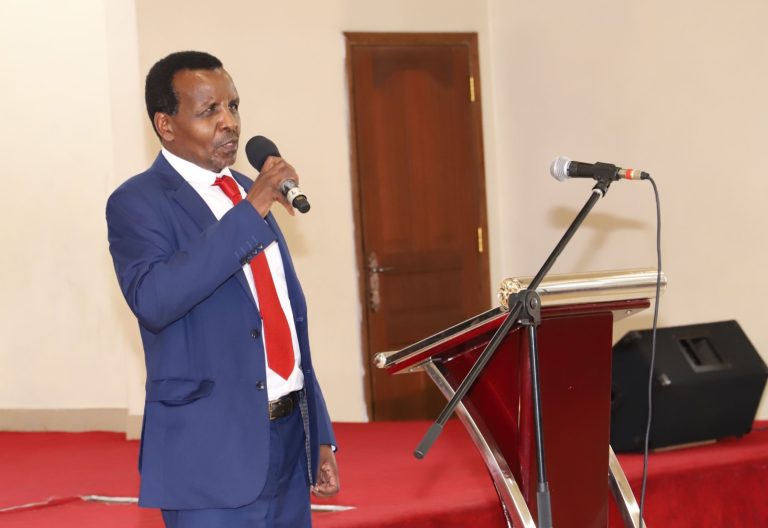How the spread of coronavirus is testing Africa

Africa has passed the grim milestone of 10,000 reported cases of coronavirus, along with more than 500 deaths, according to the Africa Centres for Disease Control and Prevention (ACDC).
As the daily number of new infections appears to be falling in parts of the world, some fear the epicentre of the virus could move to the continent.
Despite efforts to lock down cities and countries, despite donations of protective equipment, testing kits and ventilators from China, one thing is clear: Africa has not yet flattened the curve and the room for manoeuvre is getting smaller.
‘Delay in action’
“What we are seeing is that this opportunity is no longer there or almost not there for some countries,” says Dr Michel Yao, who runs the emergency response programme for the World Health Organization (WHO) in Africa.
“The worry is also now that [countries] cannot adequately manage this phase, they are moving to [in country transmission]. But we are seeing there is some delay in addressing [this]… to mobilise more people, train more people, think about capacity.”
It is difficult to compare regions with different cultures, economies, travel links and infrastructure, but some comparisons paint an urgent picture.
In studying the daily increases in the number of those who have tested positive for coronavirus around the world, Africa appears to be controlling the spread better than in the US and Europe so far.
But the comparison with Asia, where some countries appeared to reduce the daily increase in the number of new cases relatively quickly, does not fare so well.
Spreading in communities
Perhaps a better comparison could be with the Middle East. There, cases have steadily risen, along with deaths, and the region has now recorded more than 78,000 cases in total, according to the WHO.
Nearly every African country has reported cases, and while most began with patients bringing the virus in through international travel, it is now spreading within communities.
Different variables make predictions difficult, but the worst-case scenarios are still jarring. “Cases can easily pick up,” Dr Yao says, “even triple, maybe multiply by seven to 10 from what we have right now”.














